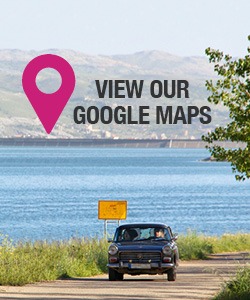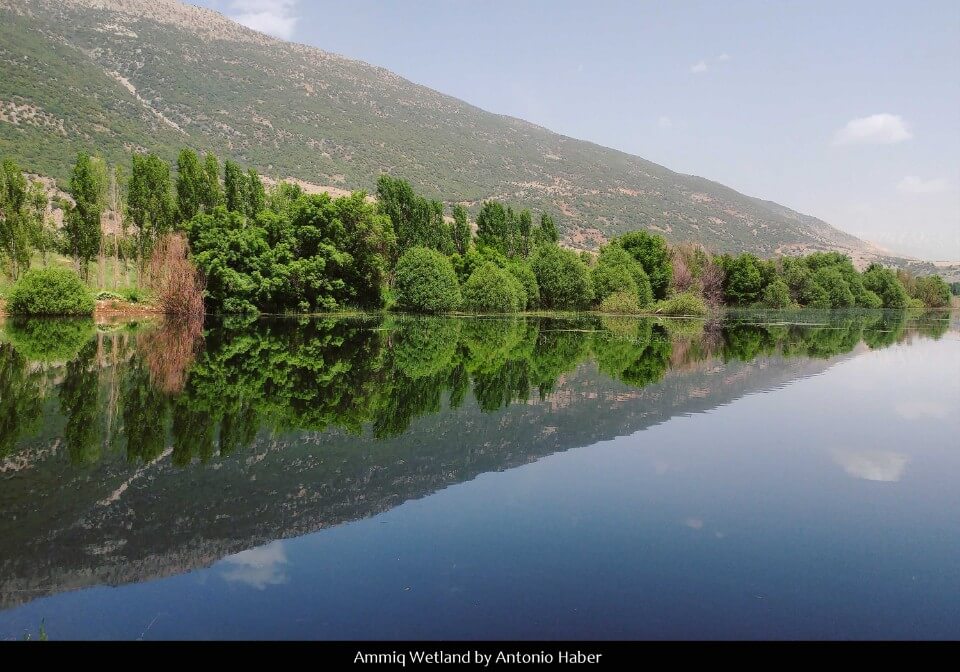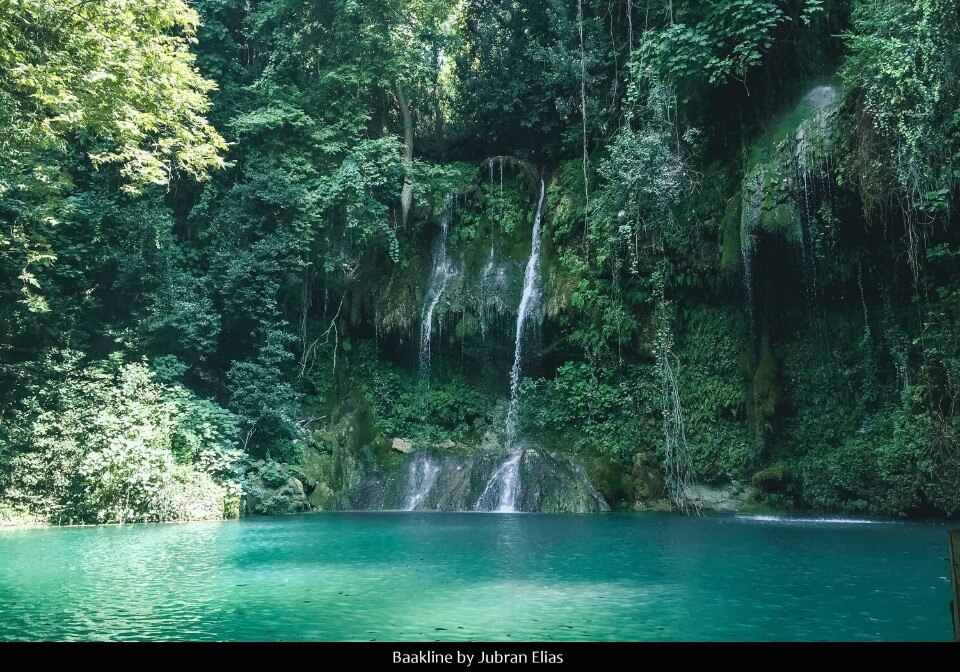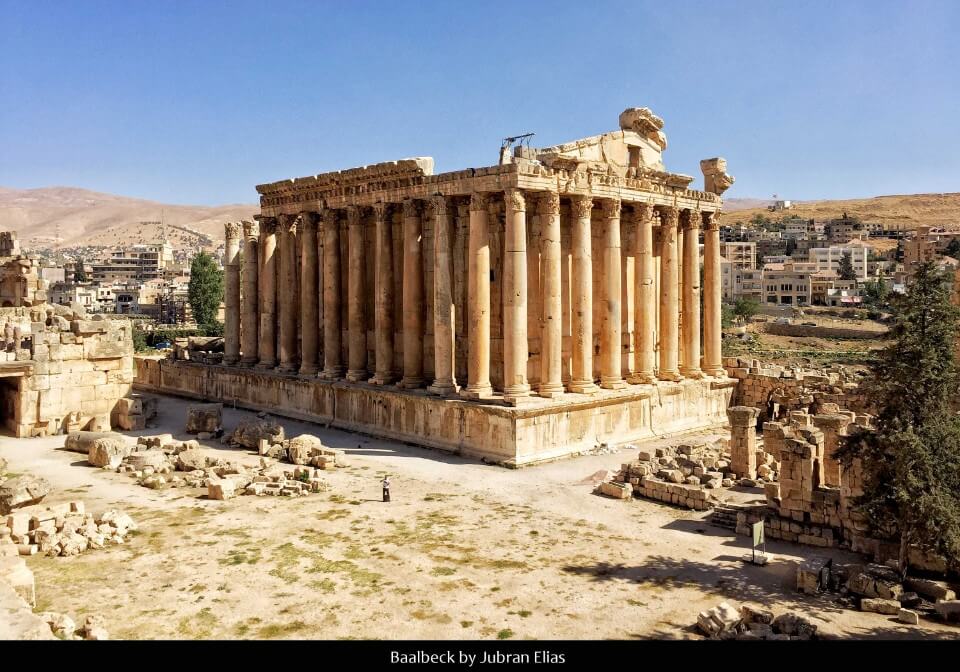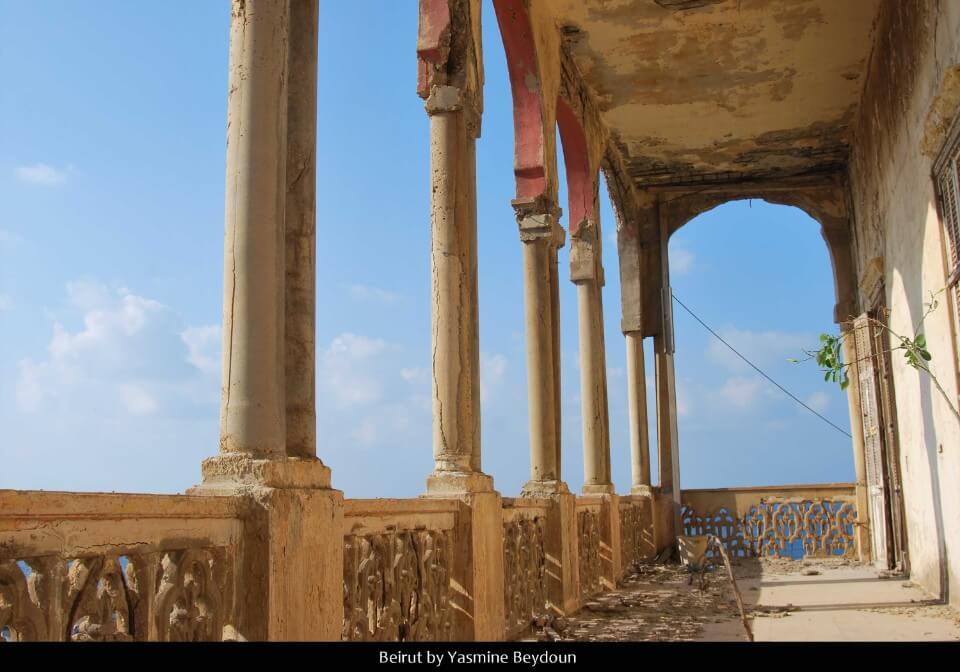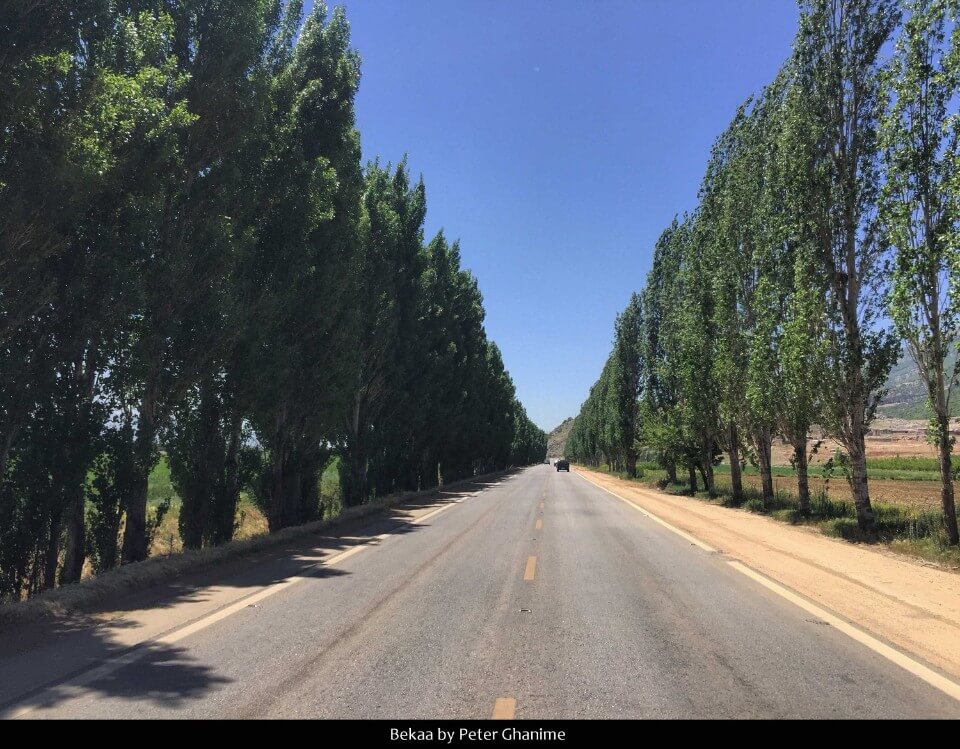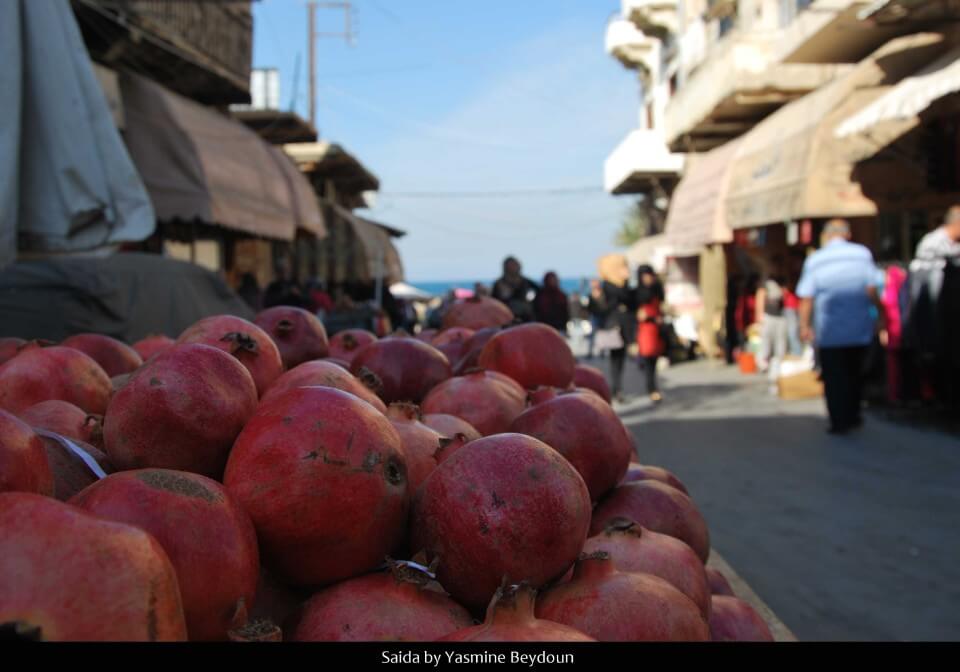A few weeks ago, strange symbols started to appear on the walls of Beirut with the word “united” inscribed using calligraffiti, a style of writing that combines calligraphy and graffiti. Here’s why.

White Wall Festival
@whitewallbeirut​
The White Wall Festival, which took place from 28 September to 7 October, was organized and sponsored by the French Institute of Lebanon, Fransabank and the Goethe Institute. The festival hosted activities including workshops, performances, and of course the spray-painting of walls in Beirut.
Calligraffiti is its own neo-art in which calligraphy and graffiti merge together to form a new style of writing. The result is a form of writing in which both styles complement each other. The theme of convergence symbolizes unity between the old and the new Beirut.
Neils Shoe Meulnam (Dutch founder of calligrafitti) colored a wall in Verdun, on Khaled ben Walid Street with a pink and blue background and the word “East” written on the left side and “West” written on the right side. The words were inscribed in Latin using an Arabian style of writing.

Neils Shoe Meulnam’s Artwork
@nielsshoemeulman
The Arab graffiti artist El-Seed worked on a building in Achrafieh and painted inspiring words spoken by Ameen al-Rihani, a well-known Lebanese-American writer, intellectual and political activist.

El-Seed’s Artwork
@elseed.artist
As for Lebanese graffiti artist Yazan Halwani, he painted in the heart of Beirut on the old line of demarcation known as the green line in Sodeco. His art portrayed the faces of Tarek and May, the two main characters of the film “West Beirut” by Ziad Doueiri.

Yazan Halwani’s Artwork
@YazanOne
The White Wall Festival was curated by Don Karl.
For more information visit From Here to Fame.
Loading


